The Government of India has officially clarified that the recent telephone conversation between Prime Minister Narendra Modi and former U.S. President Donald Trump did not involve discussions about Pakistan. The statement followed widespread social media speculation and misinformation after both leaders exchanged pleasantries ahead of the Indo-Pacific Business Summit. The call, officials confirmed, centered on strategic technology partnerships, defence collaboration, and trade diversification — not geopolitical rivalries.
New Delhi, October 23 —
In the hyperconnected age of diplomacy, even a single phone call can ripple across continents. And when the voices on that line belong to Prime Minister Narendra Modi and former U.S. President Donald J. Trump, every word — real or imagined — becomes global news.
This week, India’s Ministry of External Affairs (MEA) issued a rare official clarification: the Modi–Trump conversation, held late Tuesday night, was “cordial and forward-looking” — and “did not include any reference to Pakistan.”
“The focus was entirely on ongoing bilateral initiatives and cooperation under the Indo-Pacific framework,”
an MEA spokesperson told Sarhind Times.
“No third country was discussed.”
1. A Call that Sparked a Storm
The story began with a short, ambiguous tweet from Donald Trump, who described his conversation with “a great friend, Prime Minister Modi of India.”
The tweet, while diplomatically warm, triggered waves of speculation on both Indian and international media — particularly over whether Pakistan was discussed in the call, given the history of Trump’s occasional remarks on South Asia during his presidency.
Within hours, trending hashtags like #ModiTrumpCall and #PakistanMention flooded X (formerly Twitter), prompting the MEA to issue an unusually direct clarification.
“We felt compelled to dispel misinformation before it hardened into narrative,” said an Indian diplomat on condition of anonymity.
“Social media diplomacy is now part of our risk management.”
2. The Real Agenda: Tech, Trade, and Indo-Pacific Strategy
According to official sources, the 25-minute conversation revolved around three primary themes:
- Emerging technology cooperation,
- Defence industrial partnerships, and
- Economic diversification in the Indo-Pacific region.
The two leaders are said to have discussed India’s semiconductor manufacturing incentives, the growing role of AI in defence applications, and U.S. supply-chain realignments away from China.
The call also touched on climate-friendly trade models, part of the Biden–Modi “Green Strategic Partnership” roadmap that continues to influence long-term India–U.S. cooperation — a rare example of continuity across political parties in Washington.
“Our engagement with the U.S. transcends personalities,” said Harsh Vardhan Shringla, former Indian Foreign Secretary.
“It is institutional, multi-layered, and rooted in shared strategic interests.”
3. Why the Clarification Matters
The MEA’s prompt statement wasn’t just about setting the record straight — it was also about controlling narrative optics.
India’s foreign policy, particularly concerning its relationship with Pakistan, has become a domestic political lightning rod.
Any hint of backchannel conversation or third-party mediation can spark debates about sovereignty and diplomacy.
The clarification was, therefore, a preemptive containment measure — preventing conjecture from being weaponised by political opponents or media commentators.
“It’s not about Trump or Pakistan,” said Professor C. Raja Mohan, strategic affairs expert.
“It’s about protecting India’s narrative sovereignty.”
4. A Brief History: The Trump–Modi Equation
The Modi–Trump dynamic, often described as “unconventional but effective,” marked one of the more theatrical phases in India–U.S. relations.
Their joint rallies — “Howdy Modi” in Houston and “Namaste Trump” in Ahmedabad — were not just public spectacles; they symbolised an era where personal rapport amplified policy alignment.
Despite political differences, both leaders shared a vision of assertive nationalism, counterterrorism cooperation, and strategic autonomy vis-à-vis China.
Their collaboration on the 2+2 Dialogue, defence logistics agreements, and Quad consultations laid foundations that subsequent U.S. administrations have maintained — a testament to the institutional resilience of India–U.S. relations.
5. The Pakistan Question: A Diplomatic Ghost
For decades, India–U.S. ties have been shadowed by the “Pakistan factor.”
Trump’s tenure was no exception. His sporadic offers to “mediate” on Kashmir in 2019 drew sharp rebukes from New Delhi, which reiterated that all bilateral issues with Pakistan are internal or bilateral — not international.
Thus, the latest clarification was more than bureaucratic housekeeping — it reaffirmed India’s core diplomatic doctrine:
“No third-party mediation, no external commentary.”
“That principle remains inviolable,” asserted an MEA official.
“It applies whether the interlocutor is a sitting President or a former one.”
6. Indo-Pacific at the Forefront
Beyond domestic speculation, the Modi–Trump call fits into a larger geopolitical puzzle: the Indo-Pacific realignment.
As nations from Japan to Australia bolster maritime partnerships, India’s expanding naval presence — from the Andaman Islands to Djibouti — is being backed by joint exercises, logistics agreements, and intelligence-sharing frameworks with the U.S. and its allies.
The leaders discussed opportunities to deepen private-sector involvement in defence manufacturing, quantum communication, and satellite collaboration, aligning with India’s Atmanirbhar Bharat (self-reliant India) push.
Analysts say Trump, eyeing a possible political comeback, seeks to maintain warm optics with India — a key player in the anti-China coalition.
“For both, the Indo-Pacific is not just geography — it’s strategy,” said Dr. Garima Mohan, a transatlantic policy scholar.
“Their rapport helped institutionalise that thinking.”
7. Domestic Implications: Managing Perception
Back home, the government’s decision to publicly confirm what was not discussed reflects India’s evolving communication strategy.
In the past, MEA readouts rarely mentioned negative clarifications.
But in an age where WhatsApp forwards can move markets and shape polls, silence is no longer an option.
Political observers note that the BJP government has mastered the art of “preemptive transparency” — releasing partial information strategically to avoid full-blown misinformation campaigns.
“This is controlled openness,” said journalist Seema Chishti. “It projects accountability while steering the narrative.”
8. The ASEAN Angle: Digital Diplomacy from Delhi
While the call attracted headlines, the MEA quietly confirmed another development: PM Modi may address the ASEAN summit virtually next week.
The speech, expected to focus on technology, connectivity, and regional resilience, underscores India’s diplomatic bandwidth — balancing traditional allies with emerging coalitions.
The decision to go virtual, officials said, was “in line with the PM’s tight schedule amid domestic commitments.”
However, experts view it as a symbolic embrace of digital diplomacy — a space where India is increasingly influential through initiatives like the Global Digital Public Infrastructure (DPI) Charter.
9. India–U.S. Relations Beyond Individuals
Since 2014, India–U.S. cooperation has expanded far beyond the personalities at the top.
Institutional mechanisms such as:
- The 2+2 Ministerial Dialogue,
- QUAD security framework,
- Commercial Space Cooperation, and
- U.S.–India Strategic Trade Authorisation (STA-1)
…have embedded the relationship across defence, tech, and energy domains.
Even during political transitions — from Obama to Trump to Biden — the India–U.S. arc has maintained upward momentum.
That consistency, analysts argue, reflects mutual convergence rather than coincidence.
“Strategic gravity keeps pulling both countries together,” said Dr. Ashley Tellis of Carnegie Endowment.
“Their democratic models and economic complementarities are natural allies in the 21st century.”
10. Disinformation and the Media’s Dilemma
The incident also reveals how disinformation ecosystems influence foreign policy narratives.
Within hours of the call, YouTube channels and fringe websites circulated claims that “Modi raised Pakistan-based terror issues with Trump.”
None of these claims were verifiable — yet they garnered millions of views before the clarification arrived.
Experts say this highlights a growing challenge: diplomacy in an era of attention warfare.
“Every silence is filled by someone else’s story,” said media scholar Anant Goenka.
“Governments must now fight disinformation with speed, not secrecy.”
11. Geopolitical Subtext: U.S. Elections and Global Optics
Observers note that Trump’s outreach to Modi could also serve domestic optics in the U.S., where Indian-American voters form an influential bloc in key states like Texas and Florida.
For Modi, maintaining a rapport across U.S. political lines ensures strategic continuity regardless of election outcomes.
“India’s foreign policy is no longer reactive,” said Ambassador T.P. Sreenivasan.
“It’s resilient to the churn of foreign politics.”
This cross-partisan relationship also underscores India’s mature diplomatic positioning — one that values strategic goals over ideological alignments.
12. Broader Context: From Bilateralism to Global Leadership
The Modi–Trump communication fits into India’s expanding global leadership aspirations.
From hosting the G20 Summit to championing the Global South narrative, India has moved from being a participant to a platform-builder in world affairs.
Maintaining relationships with current and former global leaders helps sustain that diplomatic ecosystem.
It’s also a reminder that India is now a conversation hub, not just a respondent in others’ dialogues.
13. Public Reaction: From Curiosity to Clarity
Following the MEA clarification, social media sentiment shifted.
Fact-checking portals debunked speculative claims, while mainstream outlets updated headlines from “Modi–Trump call sparks speculation” to “MEA clarifies: Pakistan not discussed.”
For many citizens, however, the episode reflects a deeper fatigue with media sensationalism.
“It feels like we read rumours first and reality later,” said Priyanka Arora, a media student in Delhi.
“I’m glad the government clarified early this time.”
14. Expert Opinions
- Lt. Gen. D.S. Hooda (Retd.): “Clarifying early was smart. In strategic communication, delay equals distortion.”
- Meenakshi Ganguly, Human Rights Watch: “Transparency must extend beyond what wasn’t discussed — we also need clarity on what India’s strategic red lines are.”
- Dr. Praveen Swami, journalist: “This call underscores that India’s political leadership understands narrative control as part of national security.”
15. The Takeaway: Diplomacy in the Digital Age
The Modi–Trump call, mundane in diplomatic substance, became a case study in modern information management.
It showed that diplomacy now lives in two worlds — one of quiet statecraft, and another of noisy digital storytelling.
For India, mastering both is no longer optional; it’s existential.
In an era where perception precedes policy, clarity has become a weapon of credibility.
“The world doesn’t wait for press conferences anymore,” remarked a retired diplomat. “It moves at the speed of screenshots.”
16. The Broader Message
Amid speculation, the episode offers a subtle reassurance:
India’s foreign policy — pragmatic, self-confident, and steady — is anchored in principles, not personalities.
Whether it’s Trump, Biden, or the next leader in Washington, the conversation remains the same:
Strategic alignment without subservience. Cooperation without compromise.
Conclusion: Silence Isn’t Golden Anymore
The government’s decision to clarify the call may seem small, but it reflects a transformative shift in Indian diplomacy — from reticence to real-time responsiveness.
In a world where tweets compete with treaties, managing perception is part of preserving policy integrity.
India’s message, ultimately, is simple yet assertive:
It speaks for itself — and corrects others when they speak for it.
#ModiTrumpCall #IndiaUSRelations #MEA #Diplomacy #IndoPacific #ForeignPolicy #Trade #SarhindTimes



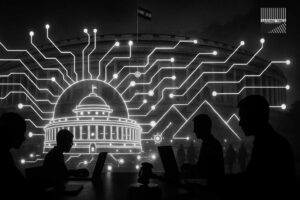








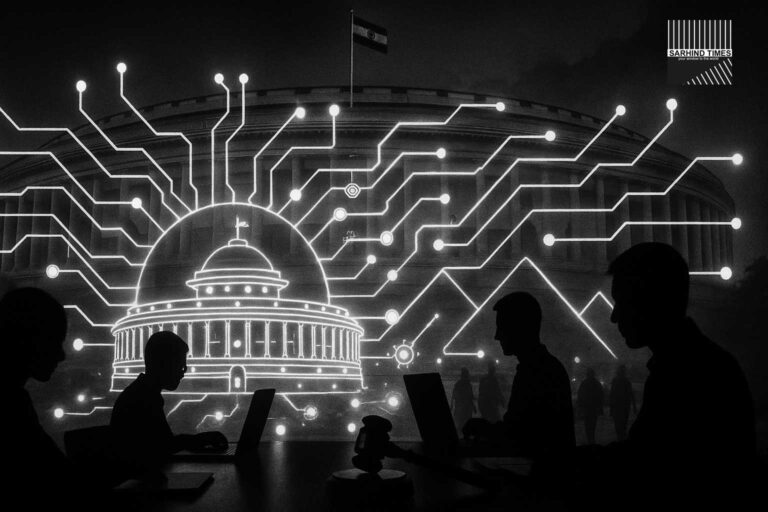
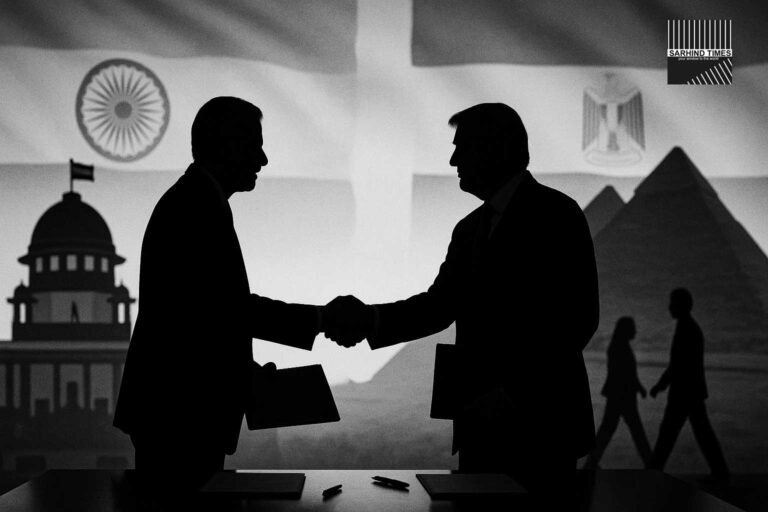

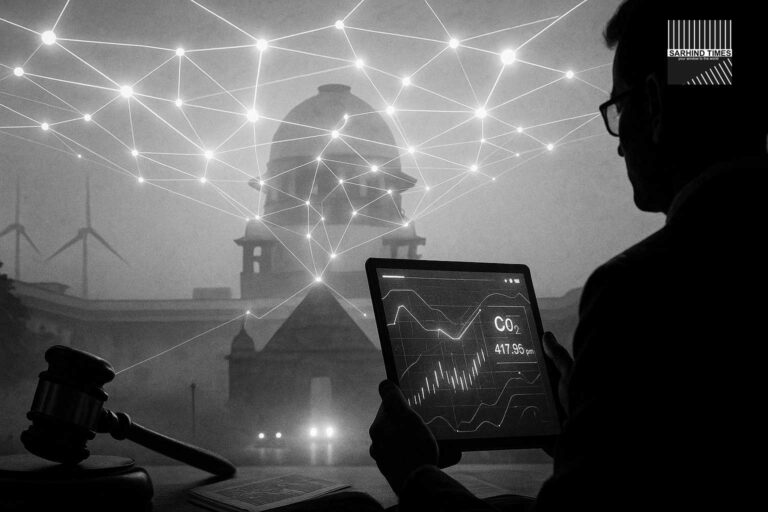


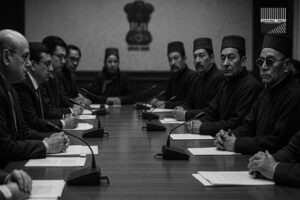


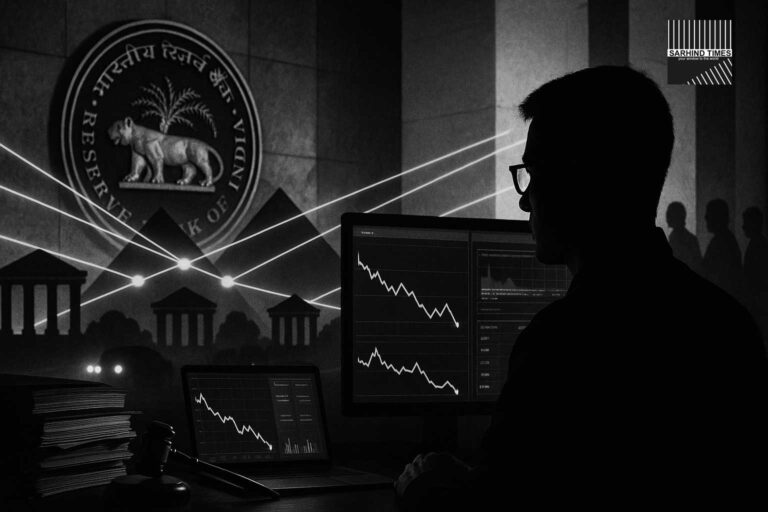
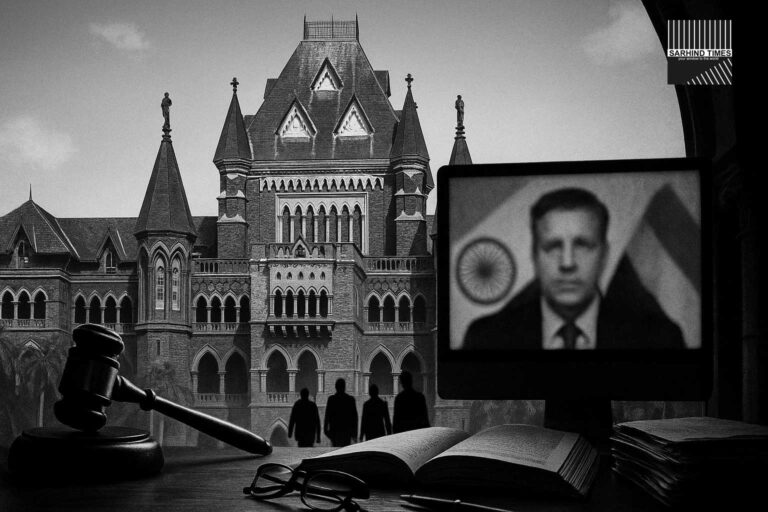
+ There are no comments
Add yours